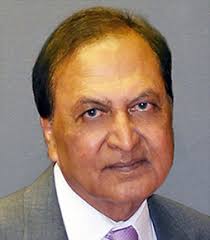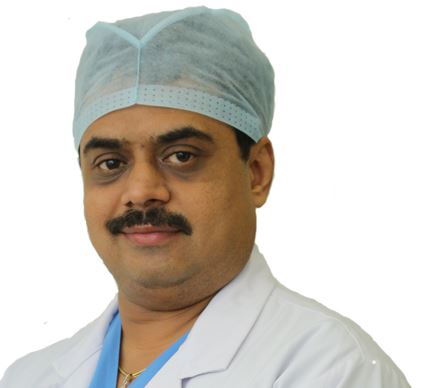HAIR TRANSPLANT Or SURGICAL HAIR RESTORATION
The ONLY hair restoration technique that permanently restores your self-confidence & body image.
Hair loss is a common ailment today and devastates self confidence by distorting body image. At present, near about two-third of the world’s population is suffering from this common ailment out of which, which is comprised by 60% men and 50% women. So if you are one of them, what would be your plan of action? Will you face this problem like a head on or it does not bother you? Most youngsters today choose the first option by being proactive. Most people do not know that surgical hair restoration (hair transplant ) is a viable, safe and effective procedure.

In simple language, hair transplantation is a surgery that adds hair to the bald or thinning portion of your head. It involves extracting hair from fertile portion of your scalp usually back or side (and at times from the body- body hair transplant) , and relocating them to the hairline vertex or crown regions that need restoration. The part from where the surgeon takes out the hair is the ‘donor’ site and the area where he transplants these hair strands is the ‘recipient’ site.
This hair restoration technique is decades old, with the first ever transplant taking place in Japan way back in 1939 through single scalp hair. Over the years, with the evolutions in this procedure, people all across the globe are now opting for hair transplant surgery as a concrete remedy to deal with hair loss or baldness afflictions.
The technique is refined today and single follicular units can be easily harvested in skilled hands to give natural growth in the operated zone. Ahead of several over-the-counter medications, this treatment promises to stay for long without any major hair transplant side-effects. Still, some post and pre procedure precautions are necessary. Let’s move on to explore different hair transplantation procedures.
Different types of hair transplantation procedures
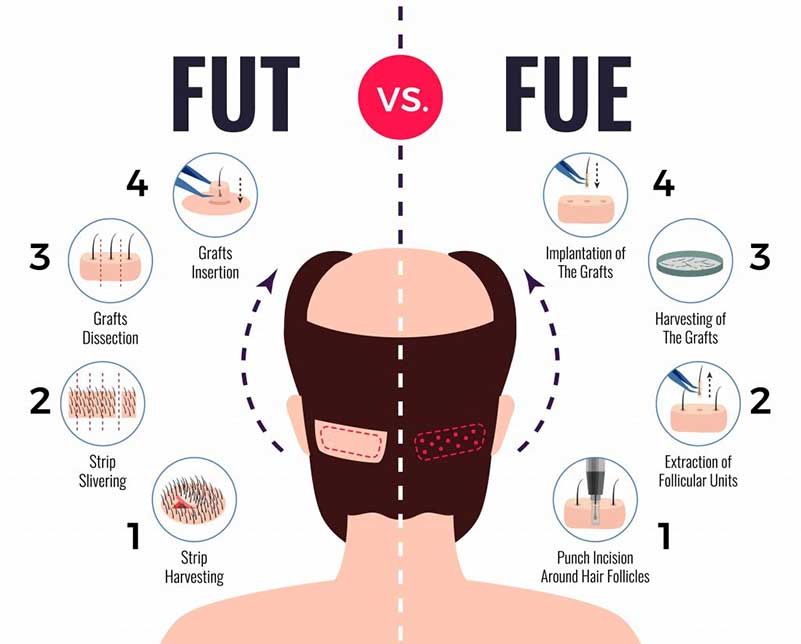
Two types of Hair transplant surgeries are prevalent among the people to get away with hair loss shaming – Follicular Unit Transportation (FUT) and Follicular Unit Extraction (FUE).
FUE Hair transplant
In this method, the surgeon extracts individual follicles from the fertile zone of the scalp or the donor area and transplants them to the thinning or bald area of the head. Each Follicular Unit consists of a group of 1- 4 hairs, often also termed as follicular unit grafts. Most patients are eligible for this procedure Today even extensive Grades 6-7 patients get good results comparable to if not better than FUT technique. Patients, wishing to have short hair, a tight scalp or have gone through FUT procedure earlier with lesser success, are only suited for FUE surgery.
FUT Hair Transplant
Follicular Unit Transplantation or FUT was a widely popular hair transplant procedure till early part of this decade when FUE took over. It requires the surgeon to extract a strip of hair follicles from the fertile or donor zone of the head scalp to the hair loss portion. The strip thus extracted undergoes further division into grafts comprising 1-3 follicles. Each of these units consists of a tiny muscle, oil glands (sebaceous glands), nerves and vellus hairs. In a single session, the surgeon places 1000 to 4,000 tiny grafts into small incisions created on the thinning or hair loss areas of the scalp. These grafts consist of just an individual hair or a group of few hairs. Today patients are biased against FUT surgery due to the strip scar it gives and due to the reason that the surgeon spends very little hands on time with the patient.
Are you an ideal candidate for hair transplant?
Hair transplant can be a lifetime solution to your hair loss problem and in fact, it can boost your self-confidence extensively; but it is all possible if the treatment suits you. Hence, prior to opting for any of the methods, you must be sure if you are an ideal candidate for the same. To have a quick look, hair transplant is a recommended pattern for:
• Females facing thinning hair problems
• Males suffering from male pattern baldness
• People who suffered hair loss due to scalp injury.
Likewise, be aware that you should better drop this idea if you identify with any of these pointers:
• You are a female and experiencing head hair loss patterns all around their scalp.
• You are lagging behind in enough donor sites to extract and transfer into the recipient site.
• You are suffering from hair loss because of chemotherapy or some medication
• You have thick fibrous scars, also known as keloid scars formed after a surgery or due to an injury.
In addition, you should also reconsider your decision in order to avoid post hair transplant side effects if
• You are younger than 25 years of age.
• The donor sites on your scalp are thin or miniaturizing.
• You are currently facing a medical condition like diabetes, heart problem, blood thinning, etc. and it is not controlled
If you are still doubtful of choosing a suitable Hair Transplant Procedure, you can always approach us for expert consultation.
How these hair transplant procedures take place?
Let’s get deeper into these two methods.
FUT Transplant Procedure
Here are the steps to perform FUE method:
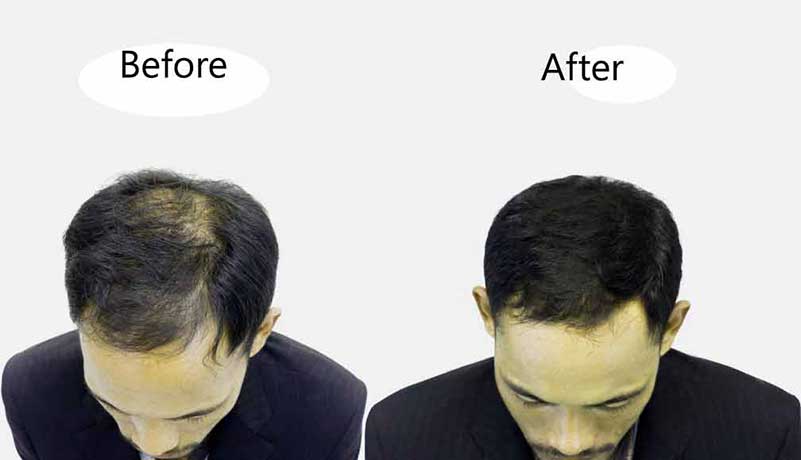
1. The surgeon administers anesthesia to the scalp.
2. He selects follicular units from the donor area.
3. Next, he creates a circular incision (or cut) as small as 1mm in diameter with a micro-needle around the selected units.
4. The surgeon then takes out multiple follicular units from the donor zone.
5. After extracting the hair strands, the specialist also makes slits or small holes on the recipient area, i.e., the bald portion of the head that needs transplantation.
6. He transfers the follicular units in these slits. After the treatment, the surgeon will go through the entire care for the planted and recipient areas after hair transplant. pls see -
https://www.youtube.com/watch?v=Hq2BkTo0YgE&t=4s https://www.youtube.com/watch?v=35YnS4lEs7M&t=207s
This YouTube video gives a clear description of FUE transplantation:
https://www.youtube.com/watch?v=dS0jkjUBDi0&t=100s
FUT Transplant Procedure
Here is the systematic procedure for FUT hair transplant surgery:
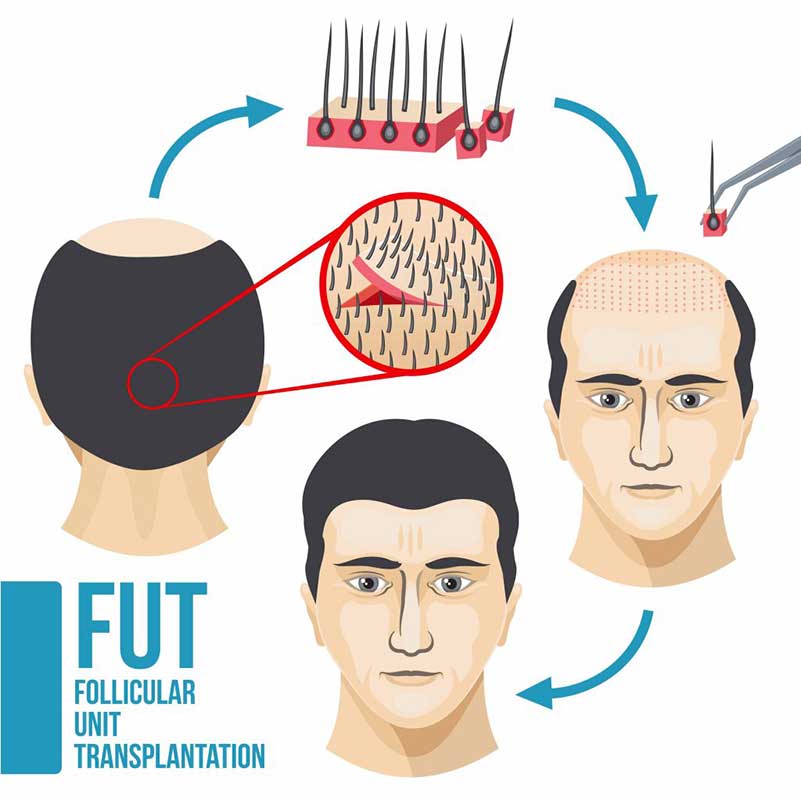
1. As in FUE, the surgeon gives anesthesia to the scalp to start the procedure.
2. He removes a hair strip from the donor area, mostly from the back or front portion.
3. He then stitches the incised area from where he extracted the hair strip. This will leave behind a fine scar, but your remaining hair will cover it to make it invisible.
4. The surgeon uses precise microscopic dissection method to cut the strip into tiny follicular units.
5. He drills small holes on the bald area of the scalp and transplants the follicular graft units.
6. Finally, he will apply a disinfecting solution to the scalp and dress the donor area with bandage.
This YouTube videos gives a clear description of FUT transplantation:
https://www.youtube.com/watch?v=-FGvrS2xFR8
Depending on the type and size of the transplant, it may take around 6 to 10 hours for one session to complete. If you find less than expected results in the first sitting, then your surgeon may recommend you to go more sittings, each at a gap of 3 to 4 months. Much will depend on the degree of balding of the patient. As obvious, the number of sessions will have a direct impact on your hair transplant cost as well. The surgeon will remove the stitches around 10 days after carrying FUT treatment and the patient will recover between 10 to 14 days. Likewise, the patient will take around 3 to 7 days after undergoing FUE procedure. Luckily, FUE is minimally invasive and hence does not require stitches.
How’s life after hair transplant?
The hair transplant surgery helps you to restore your hair in the thinning areas so it is a recommended treatment. Nevertheless, owing to the fact that it involves eliminating follicles from one portion and transplanting them to other portion of your scalp, you may encounter certain hair transplant after affects. Let’s have quick glance on them:
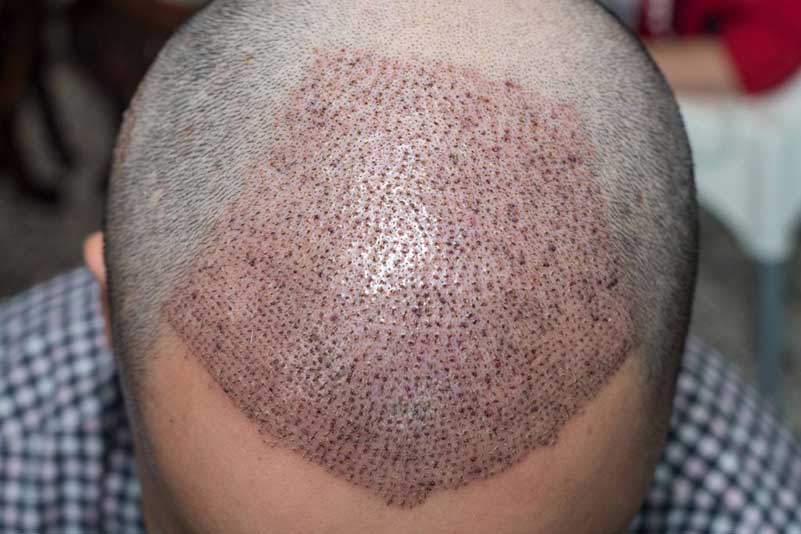
• After undergoing the hair transplant procedures, you may develop soreness in your scalp.
• You may suffer short-term pain, infection risk, swelling, etc. Thankfully, these after effects will disappear with proper anti-inflammatory drugs, antibiotics and painkillers, as the case may be.
• You will observe the fallout of the transplanted hair within 2-3 weeks. This is called hair shedding.
• But there is nothing to panic about, as the fallen out hair will give way to the growth of new hair within few months.
• You will regain near about 60% of hair growth in 5 months after the hair transplant procedure.
So, overall, life is great after the treatment, all you need is to bear is to be patient and abide by the precautions as suggested by your surgeon.
Can there be any complications?
As we have already talked about, hair transplant may accompany some minor complications, which will vanish after few weeks. Here are some of the possible hair transplant side effects.
1. Bleeding: As a possible but rare complication of this treatment, you may encounter minor to persistent bleeding. Minor bleeding is easy to control with simple pressure, but if it is severe, additional stitching could help.
2. Hair Thinning: Don’t fret if you notice hair thinning even after the surgery, as this is just a temporary fall out. Ultimately, it will lead to the growth of new hair. You may also lose pre-existing hair, which you will regain in around two months.
3. Infection: You will be one in thousands if you catch an infection. Still, there is nothing to worry about, as you can easily avoid it by using antibiotics like Tetracycline.
4. Scars: Patients undergoing FUT treatment are more likely to develop scars. But if you are prone to getting scars, you may develop even more chances to have them after the treatment. It is hence better to discuss about this side effect with the surgeon prior to the treatment.
5. Itching: Usually a common complication arising after hair transplantation, itching may get severe if taken casually. It occurs mainly due to scab formation and is easy to avoid by doing shampoo on regular basis. If the problem aggravates further, consultation with your surgeon would be ideal.
6. Pain: Most of the patients feel temporary pain as a common side effect of hair transplant. Usually, it disappears without any medication. In severe cases, painkillers like Paracematol could mitigate the paid.
7. Swelling: Generally, swellings near eyes and in the forehead are among few minor side effect of the surgery. It may last up to two days but if the problem prevails, medicines like Prednisolone could be helpful. In rare cases, you may also develop black eye.
8. Numbness: This complication is a probable side effect of the hair transplant surgery. It affects the donor site and continues until around 4-5 months. If it persists, consultation with your surgeon is advisable.
9. Cysts: These pimple-sized lumps will vanish by themselves. If they persist for a longer time, you should consult your doctor without wasting more time.
10. Hiccups: Around 5 in every 100 patients opting for hair transplanting are prone to get hiccups. They may last till few hours to many days. We just hope that you are not that lucky one!
Want to know about hair transplant cost?
Until recently, the cost of hair transplant was very high. Thankfully, with the availability of this surgery in Indian clinics, people now have to spend very much less as compared to those in other countries. Here are few important points in this regard:
• Minimum cost of FUE treatment in India ranges between Rs 40- Rs 100 per graft. Taxes are extra.
• Minimum cost of FUT treatment in India ranges between Rs 10- Rs 20per graft. Taxes are extra.
• Hence, minimum cost of hair transplant procedure in India ranges between Rs 10- Rs 100 per graft.
• The overall cost of hair transplant in India is somewhere between Rs 70,000 to Rs 3,40,000. This is around 75% less when compared to developed nations like USA or UK, where the cost lies between Rs 1000,000 to Rs 2500,000 (10,000 USD to $35,000 USD).
• In UK and Europe, the cost of each graft lies in the range of $4 – $8.
• Likewise, In USA, the cost of each graft lies in the range of $8 to $12.
The future outlook of hair transplant
After undergoing hair transplant surgery, your hair will continue growing in the transplanted portion of your scalp. Your new hair may however have a slow or dense growth depending on different factors, like.
• Follicle density in the transplanted area.
• Curliness of hair
• Quality of your hair
• Type of care after hair transplant you are committed to.
You may continue facing hair loss miseries in the portion of your scalp that remained untreated. Hence, taking proper medication as per your surgeon’s recommendation is necessary. Going through laser therapy and PRP after a hair transplant is rarely beneficial.
In any case, you should keep your surgeon aware of your health condition before deciding for any such surgery. A healthy body is more likely to help you withstand the after effects of the hair transplant procedure. As a result, you can ensure good percentage of hair restoration through hair transplant.
our surgeons:












